It seems like at regular intervals another organization is thinking of a better than ever Quick Charger, and some even give insane quick speed, for example, 120W. What these organizations don’t share with you is that this doesn’t come free of charge and has a few significant ramifications for your battery duration.
Before we get more in this article we should rapidly take a gander at how a battery functions so you have a superior comprehension of what I will discuss further.
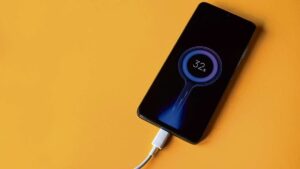
How Does a Battery Function?
The manner in which a battery works is with two posts a negative one and a positive one. At the negative post of your battery, you have a lot of electrons in the free moving state, at the positive shaft you have less so normally, the stream makes from the negative side to the positive. By doing this development the battery can charge anything gadget you need to.
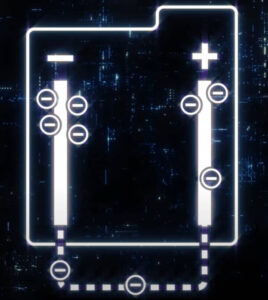
As you can obviously see from the image over the electrons from the negative post are moving to the positive shaft. The specked line shows where you can interface a gadget and power it. At the point when every one of the electrons go to the positive side there is no more progression of electrons occurring and this implies that the battery is drained.
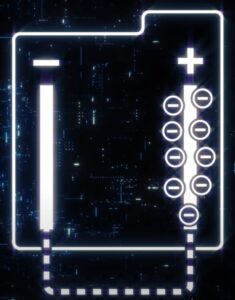
This is where the charging becomes an integral factor, we push power to make the electrons backpedal on the Negative shaft so that there’s a stream once more.
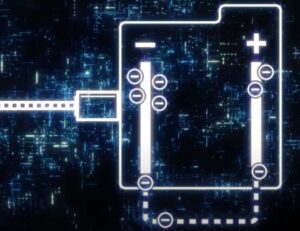
In this image, you have the charger on the left side associated with the battery and you can see the electrons returning to the negative post. So chargers simply assist the electrons with evolving positions, and the quick chargers do this somewhat quicker. This is a straightforward clarification about batteries and I truly want to believe that you comprehended what I was referring to obviously.
The Issues with Quick Chargers
All things considered, you could imagine that quick chargers have no downsides since the organizations selling these chargers don’t educate you yet in all actuality, they have.
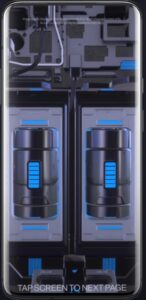
Less Limit
With quick charging batteries, you get less battery limit. In each battery, there’s a positive shaft and a negative one as I made sense of above but at the same time there’s a separator that holds the electrons back from hopping straightforwardly to the opposite side. The electrons are coordinated through a circuit with the goal that you get the power made from them.
The issue emerges with the quick charging batteries since to keep the battery stable at a fast of charging you really want to make the separator in the center thicker which implies less battery limit. The real measure of usable battery or battery thickness becomes lower.
These new cell phones with super-quick charging or ultra charging some of the time even need to part the battery region into two individual batteries as a result of the separator which would should be much greater. Furthermore, as you can figure this additionally implies less battery limit.
Overheating
In the event that you have a quick charging telephone at this point you would have seen that the telephone warms much more than the typical charging telephones. Quicker electron development implies there will be more intensity created. This intensity isn’t great for the battery since it can gradually and inconspicuously change the inward actual design which would make the battery charge hold less.
Regardless of whether you kept your battery temperature at 30-degree celsius you could hope to lose around 20% of your battery limit in a year. Furthermore, on the off chance that your battery is at 40-degree celsius, you can hope for something else than 40% of the battery ability to be gone in a year or somewhere in the vicinity.
It’s generally suggested that when the telephone is charging you leave it be and don’t deal with it since it can overheat and harm your battery over the long haul. In any case, there are some fresher gaming telephones that have the charging port situated in a spot that it’s better for playing when connected.
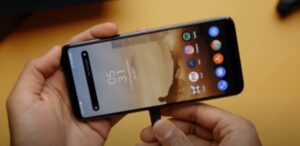
I recommend that you do this only if your phone is able to bypass the battery and take the electricity directly from the current this way the battery doesn’t get hot. This forces the phone to charge the components directly from the charger, not the battery.
Shortens the Lifespan of Lithium-Ion Batteries
I want to start this section by saying that the batteries degrade themselves even with normal charging or even slow charging (Yes that’s a thing). But the difference comes when you introduce fast charging to the equation.
All batteries have a limited number of charge-discharge cycles and their internal integrity starts to degrade after the number of cycles is reached. The users become dependant on the useability of their phone and the fast charging so they become heavy users.
This means that the cycle limit gets reached faster and with the overheating problem that fast chargers have the integrity of the internal parts of the battery degrades even faster.



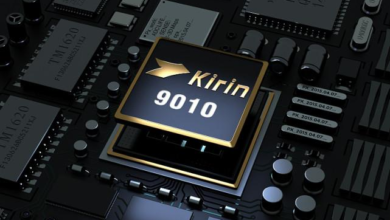
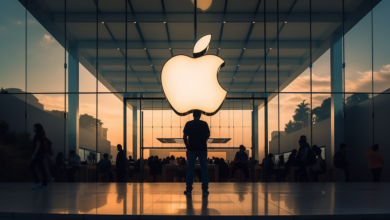
Hi, this is a comment.
To get started with moderating, editing, and deleting comments, please visit the Comments screen in the dashboard.